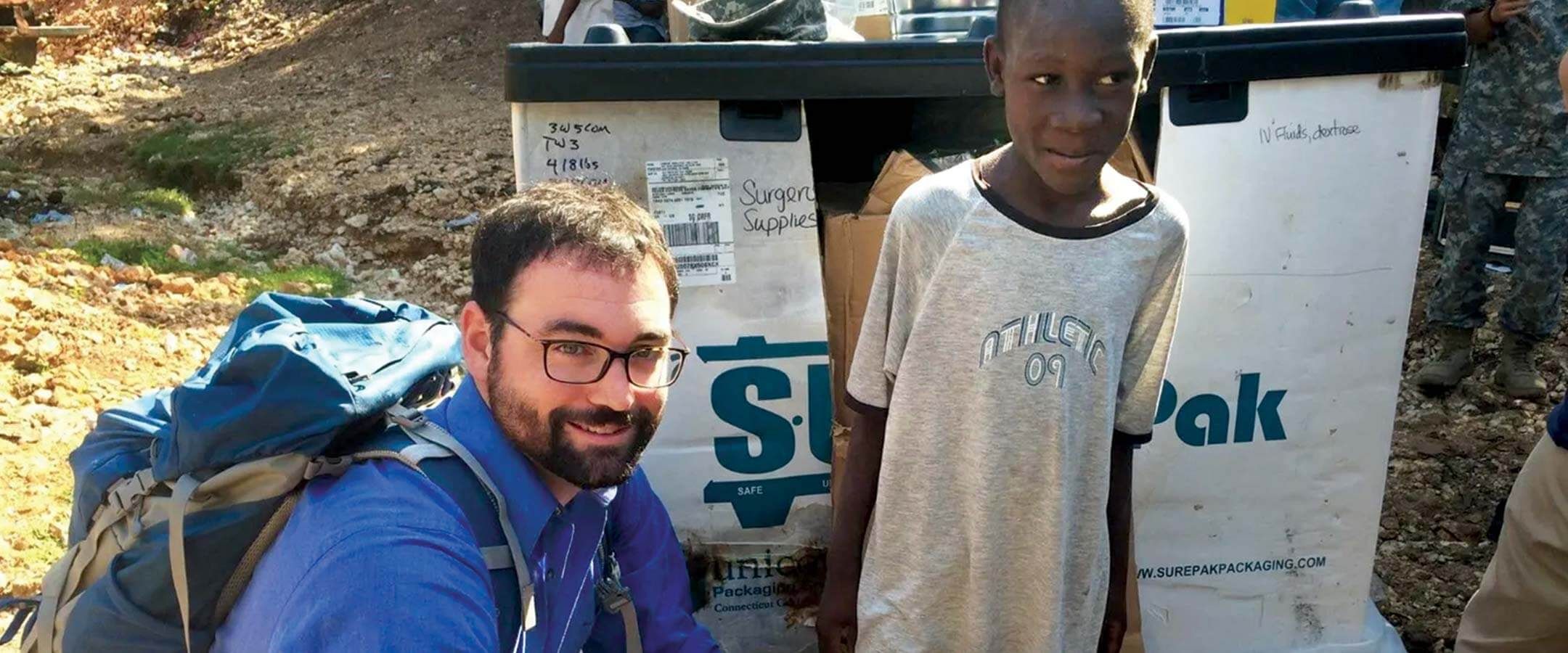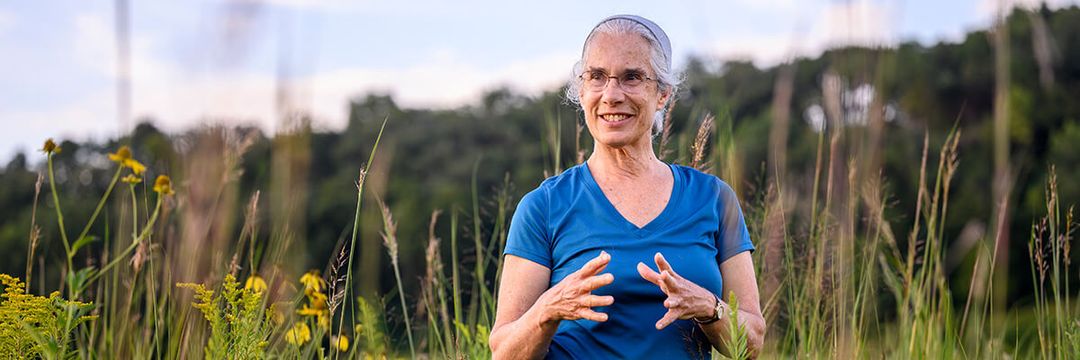The one word you never want to hear from a veterinarian is rabid. But it’s right there in Ryan Wallace’s social handle. But then the guy who goes by “@RabidVet” admits that social media isn’t his favorite pastime.
“I don’t do the social media that often,” he says. “I work a lot. A lot of people probably say I don’t have a real healthy work-life balance, but I like it. It doesn’t give me any additional time for social media, and that’s probably, at this point, healthier.”
Wallace’s work is focused on promoting health — and in particular to the global fight against rabies. He works with the U.S. Centers for Disease Control and Prevention (CDC) and directs both the World Health Organization Collaborating Centre for Reference and Research on Rabies and the World Organisation for Animal Health Rabies Reference Laboratory. These two global efforts aim to eliminate rabies infections in dogs, which they believe will virtually end rabies as a threat to humans. It’s the kind of effort that would put a smile on Old Yeller’s face.
How did you get into studying rabies?
At [UW–Madison], I fell in love with infectious diseases. I really liked the zoonotic disease aspect. The plan was to get a [veterinary medicine] degree and use that in a public health background. That pretty much put me on a single-track path to the CDC.
But why rabies?
I was a fellow in the CDC’s rabies program about 13 years ago, and I never left. It is one of the few disease programs at CDC where you are still going out and directly working with animals. The value comes from running programs that impact the lives of millions of animals globally.
Is rabies a great danger to people?
Around the world, there are 70,000 deaths a year from rabies. In addition, about 60,000 Americans a year have to get a rabies vaccine because they’ve had an interaction with a high-risk animal. That treatment costs about $7,800. It’s not cheap. And it’s traumatic, not only from the stress of being exposed to a potentially fatal disease, but also the treatment itself is pretty difficult.
How many animals suffer from rabies?
We don’t know. It’s endemic, or we would say enzootic. Endemic is people, and enzootic is animals. Rabies is enzootic in raccoons from Canada down to Florida. It’s enzootic in skunks from Canada down to Louisiana. In foxes, from Alaska to the southwestern U.S. To answer that question, we’d first have to know: how many raccoons are there in the United States? How many foxes? How many bats? We’re talking massive wildlife reservoirs.
Rabies is common in a lot of animals, but you focus on dogs. How come?
Essentially 95 to 99 percent of people that die of rabies, they get it from a dog.
So dogs are the key to solving this problem.
Before 1970, we spent about 200 years just tolerating rabies in dogs in the U.S. In that 200 or so years before concentrated vaccination programs, dogs spread it into skunks. [Dogs] spread it into two species of foxes. The reason we have rabies in wildlife, for the most part, is because we didn’t address dog-mediated rabies fast enough. If you let these viruses circulate in animals, you’ll have even more problems.
What’s your advice for avoiding rabies?
A healthy fear of wildlife is good for preventing disease and injury. If you do become exposed, get a shot of rabies immunoglobulin.
Knowing all that must give you pause about animals. Do you have pets?
We have three dogs. One we intentionally adopted, and then over the last three years we had two foster fails. With one, a friend had adopted a dog that she thought was great but didn’t fit her lifestyle, and so we offered to take that dog in. And with the other one, I made the mistake of going with a friend to help her pick out a dog. Our shelter system is overcrowded — it’s cage on cage, and two dogs to a kennel. I offered to take one home as a foster just to reduce the stress on the shelter, and it turns out he’s our best dog. I’ve got a vivarium with a couple of poison-dart frogs, [and] a fish tank and two ponds that have different fish in them. And then three kids, if those count. They take up a lot of time, too.









